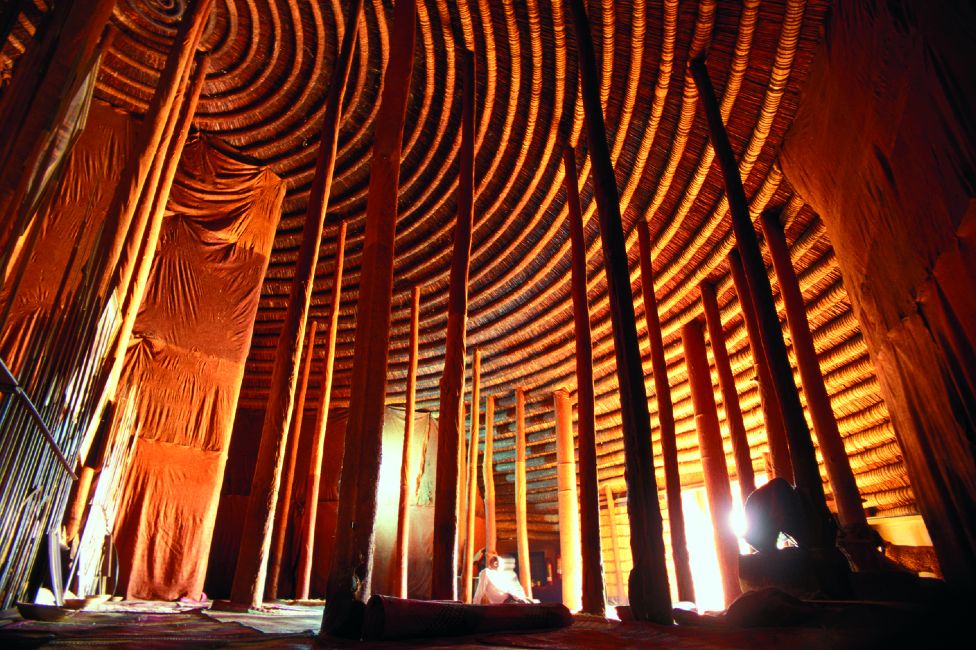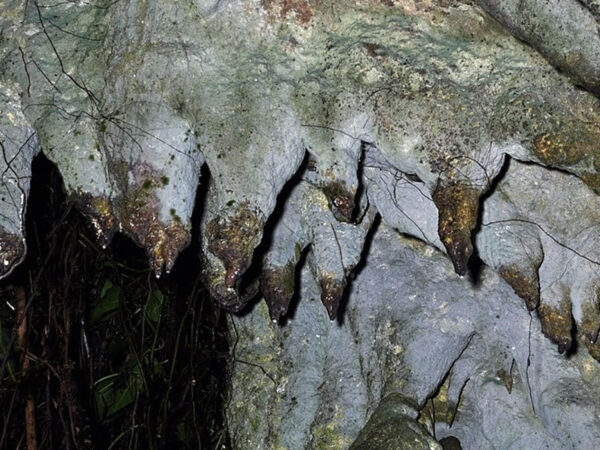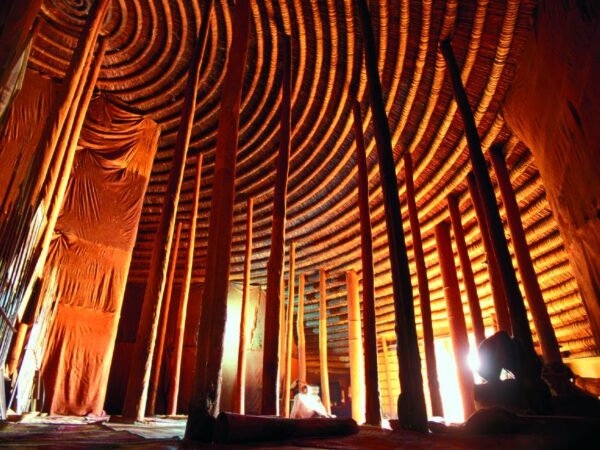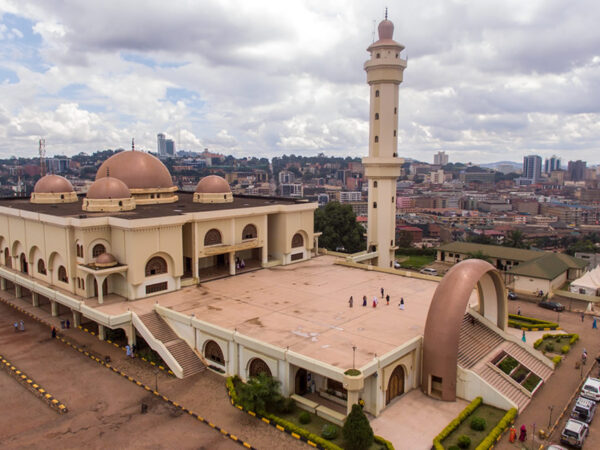
Buganda Culture at Kasubi Tombs
The Kasubi Tombs have always been considered a national monument by Ugandans and the location was recognised internationally as such when it was declared a world heritage site by UNESCO in 2001. Then, tragedy struck on 16 March 2010 when the tombs were gutted by a fire. It was like a stab in the heart to many Ugandans – but especially the Baganda.
The Kasubi Tombs are a traditional burial site for the late Kabakas. The Kabaka is the king of Buganda. The Kasubi Tombs are also referred to as Ssekabaka’s Tombs in Buganda. It was first constructed in 1881 and is located on Kasubi Hill – 5km out of the city centre. This monument is witness to the well kept traditions of the Baganda people and the tombs hold the remains of four Kings: Muteesa I, Muwanga II, Daudi Chwa II and Sir Edward Muteesa II. The guards and caretakers at the tombs are the descendants of the original guards and caretakers since it was first constructed.
While the fire destroyed some major buildings the remains of the kings were saved by the caretakers. Reconstruction of the tombs has taken some time but did start in July 2012. The delay in reconstruction was due to gathering funds and the investigations into the cause of the fire. The reconstruction will be a replica of the former tombs which were made of reed and bark cloth.
Before the tombs were destroyed, visitors entered by a small gate and would be met by guards dressed in yellow. After paying the entrance fee, a visitor would be assigned a guide to take them around and tell them the history of the tombs. The tombs were located at the end of the compound with other huts surrounding it. Some of the other huts were homes to the widows and granddaughters’ of the former kings and they were charged with the responsibility of looking after the tombs. It is an honor in the Buganda culture to be charged with taking care of the kabaka’s tombs.
The widows, and/or granddaughters, of the kings would sit by the pictures of the king. Visitors were required to take off their shoes before entering the hut to protect the bark cloth carpet that lined the tombs. Inside the tombs, the guide would explain the different artifacts that included spears and the stuffed leopard that was Kabaka Mwanga’s pet.
The tombs still remain an important spiritual and political site to the Baganda people. In as much as the original site was constructed using mud, reeds, and wattle, the main significance of the site is the continuity of the Baganda traditional and spiritual beliefs.
While it is unclear when reconstruction will be completed that does not mean that visitors need to remain away entirely. While there isn’t much to see visitors may still glean information from the guides and caretakers. In Kampala, all schools organize a trip to the Kasubi tombs for classes throughout the year. To learn about the rich Buganda culture, visiting the kasubi tombs is always a good idea. Pictures of the original tombs can be found at the Uganda Museum as well as the Uganda Tourism Board.
To know more about the tombs and the Buganda culture contact the Kabaka Foundation, Bulange in Kampala by phoning +256 412 273 600 or emailing kabakafdtn@utlonline.co.ug. To read more about the Kasubi Tombs go to www.kasubitombs.org.



